Idea by
Tritip Pond Chayasombat
Call for ideas 2016
Architecture Redux
Architecture Redux
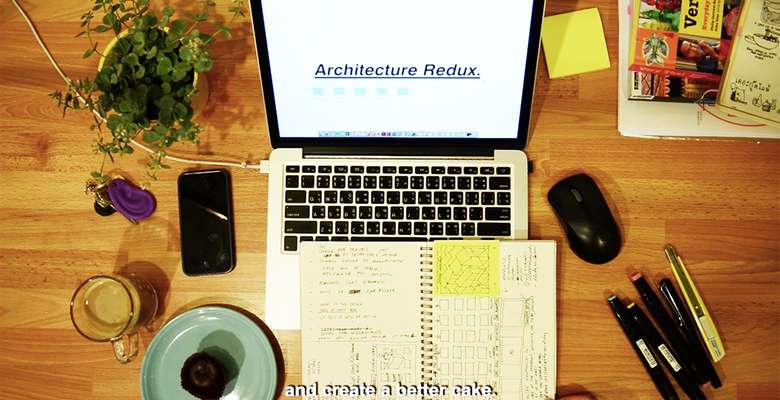
This project aims to find a more sustainable solution that can tackle the root cause instead of their most apparent consequences. Implementing a change that can trigger a domino effect without disturbing the overall concept and its stakeholder.
The proposal takes these high-rise developments and its architectural elements as a type to reflect upon. Using a particular project, I-Space Residence, in which I, myself designed with Atelier of Architects in 2012, as a case study.
It is structured down into 5 subtopics to be studied upon. That is: The Aesthetic, The Climatic Context, The Standardization, The Relation and the Economic. All five subjects have its own method and tool of study according to its main focus and simultaneously reflect back to the initial case as a testing ground.
Introducing an alternative solution that answers not only to feasibility and market-leading trends, but also to an architect’s personal design agenda.

The Aesthetics is a study developed through a series of perspectives that vary from different points of view, which are the architect, the developer, the contractor and the inhabitant. Each party has their own interests, therefore their own particular way of rendering reality.

The Climatic Context is a study on the components’ performance affected by natural influences, which always play a huge role in developing Thailand’s built-environment. The traces of this effects manifested in each region’s architectural details. From the traditional house that is a statement on Thai human scale and cultural behavior to the Colonial era when we started mimicking Western ideals and lost track of its specificity. The parameters used are humidity, pressure, light and temperature.
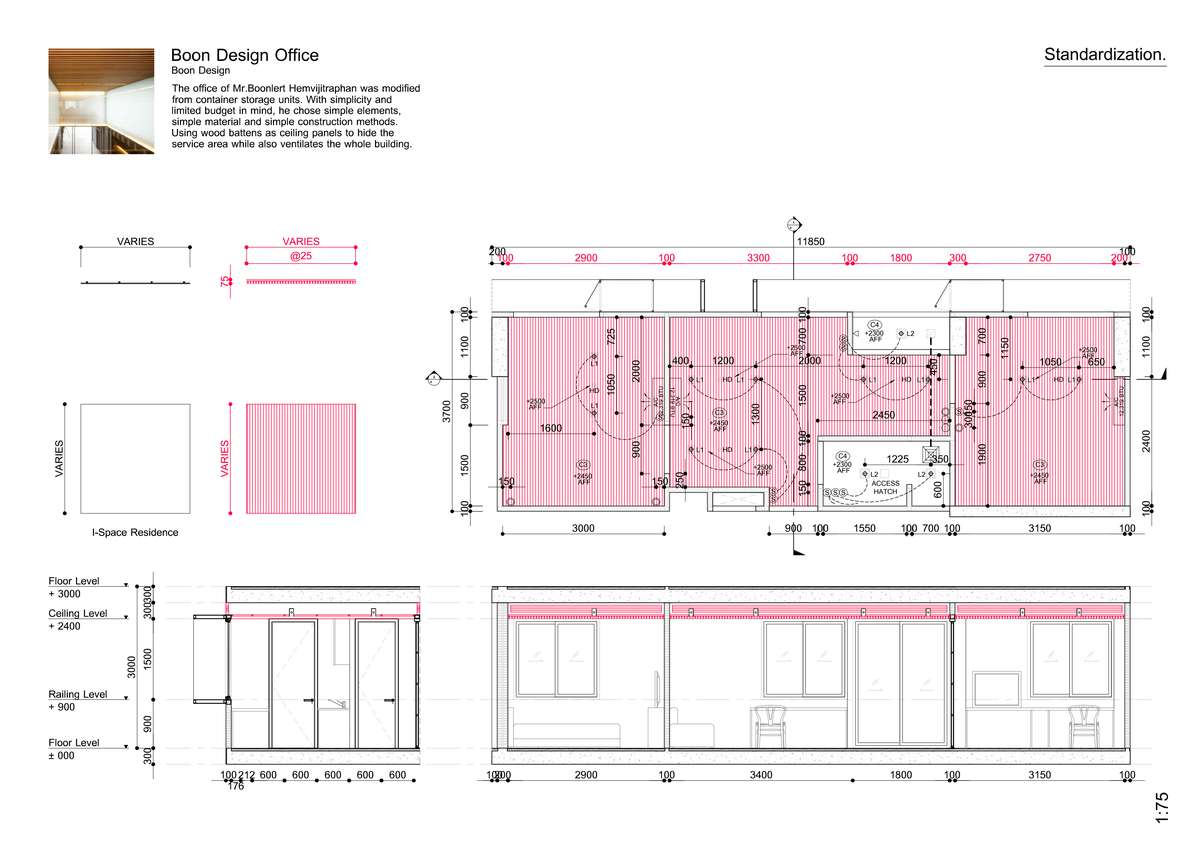
The Standardization is an act of ‘standardizing’ the knowledge from intuition and years of experiences, it also minimizes overall costs. Many times I have found my designs to be too expensive. This could have been easily prevented by fitting the dimensions with the scale of industrial production. To exclude all subjective opinions and predetermined results, I chose a set of existing design components from other regional concerned architectural firms to be the variables for the experiment.

The Economics takes all the studied components into account, any final decision comes down to the numbers. The sheet focuses on the overall budget of the project, due to the undeniable fact that the big crunch number is what the clients are looking for. Then, zooming in to each component’s detail to see what type, material, scale and labor costs really affect the big picture. To help determine which option has the most potential and which can be removed from the consideration.
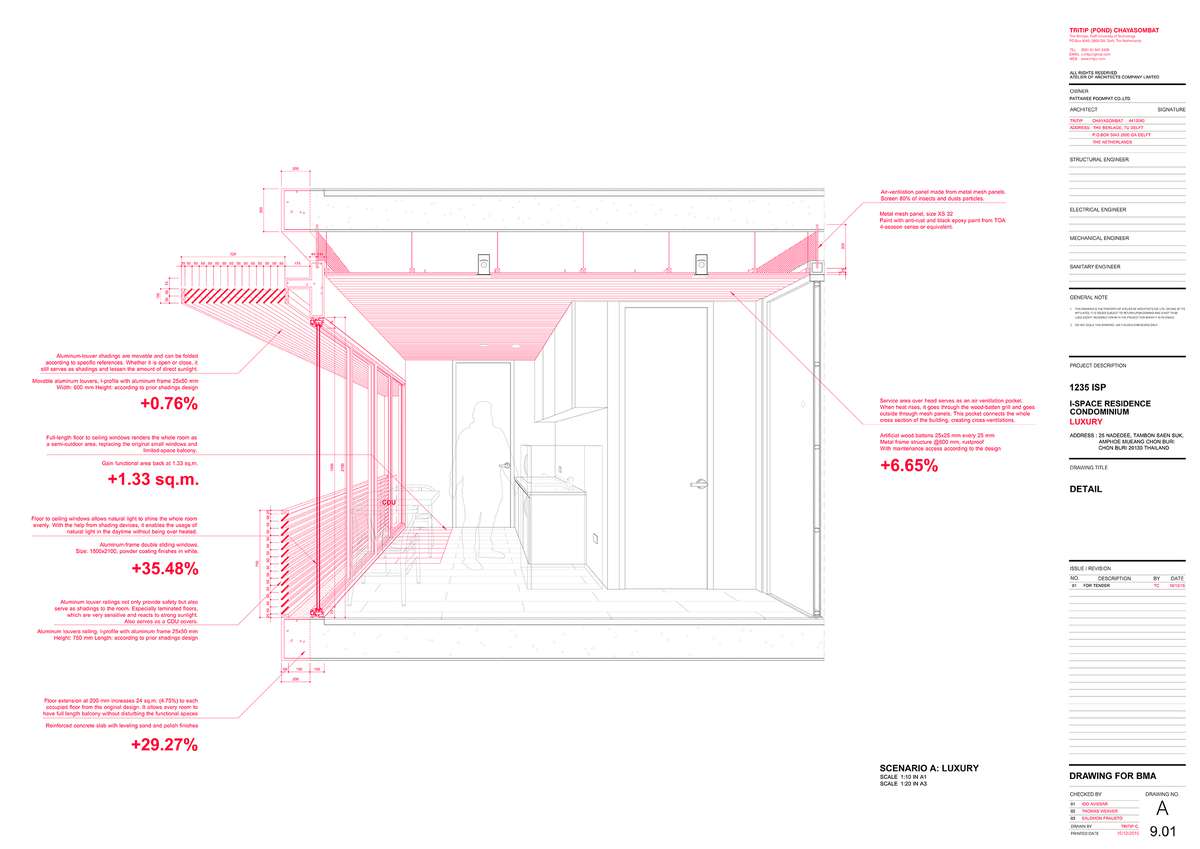
From the experiment, I came to The Conclusion that there is no one true answer to my initial hypothesis, but rather a set of possible scenarios. By inserting the trial components back on to the vehicle of an actual working process, whether it is designing according to market trends, selecting objects from catalogues and pitching the project to a client, can help define our power of negotiation.
Architecture Redux
Architecture Redux

This project aims to find a more sustainable solution that can tackle the root cause instead of their most apparent consequences. Implementing a change that can trigger a domino effect without disturbing the overall concept and its stakeholder.
The proposal takes these high-rise developments and its architectural elements as a type to reflect upon. Using a particular project, I-Space Residence, in which I, myself designed with Atelier of Architects in 2012, as a case study.
It is structured down into 5 subtopics to be studied upon. That is: The Aesthetic, The Climatic Context, The Standardization, The Relation and the Economic. All five subjects have its own method and tool of study according to its main focus and simultaneously reflect back to the initial case as a testing ground.
Introducing an alternative solution that answers not only to feasibility and market-leading trends, but also to an architect’s personal design agenda.
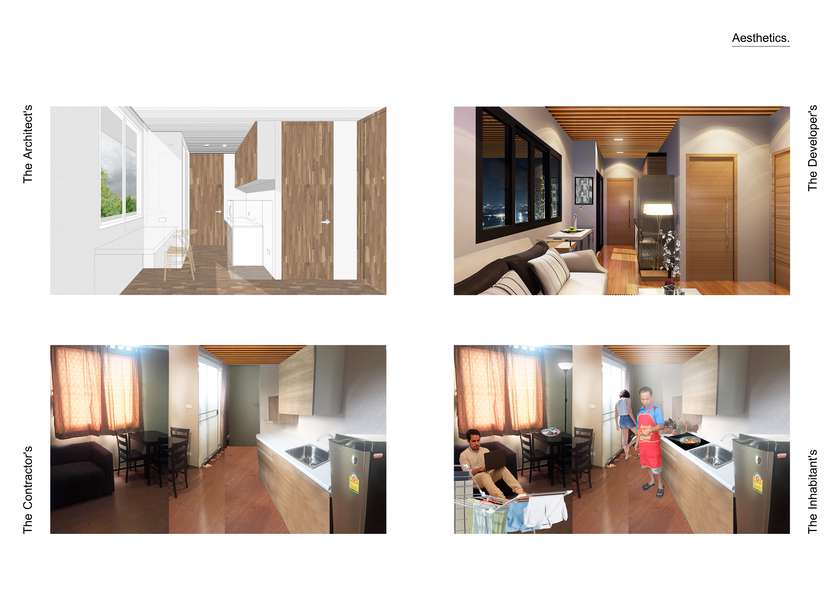
The Aesthetics is a study developed through a series of perspectives that vary from different points of view, which are the architect, the developer, the contractor and the inhabitant. Each party has their own interests, therefore their own particular way of rendering reality.
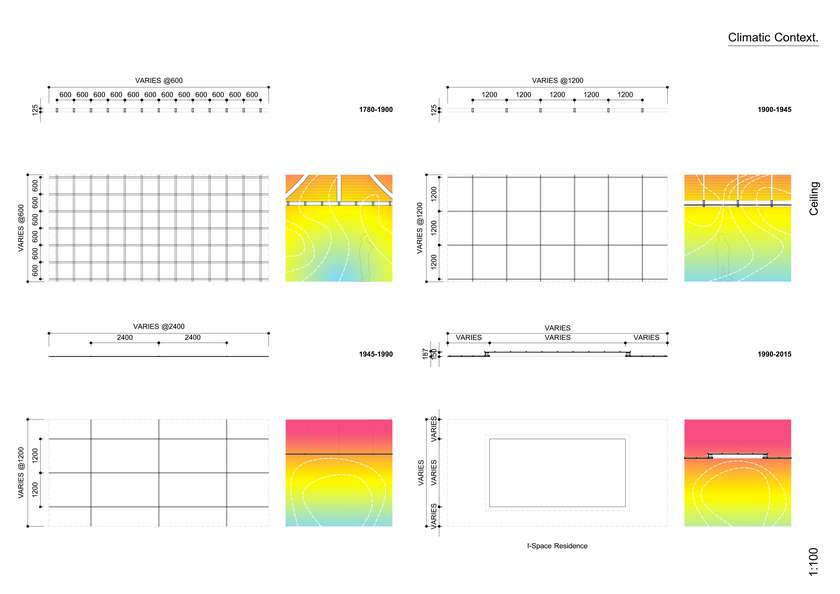
The Climatic Context is a study on the components’ performance affected by natural influences, which always play a huge role in developing Thailand’s built-environment. The traces of this effects manifested in each region’s architectural details. From the traditional house that is a statement on Thai human scale and cultural behavior to the Colonial era when we started mimicking Western ideals and lost track of its specificity. The parameters used are humidity, pressure, light and temperature.
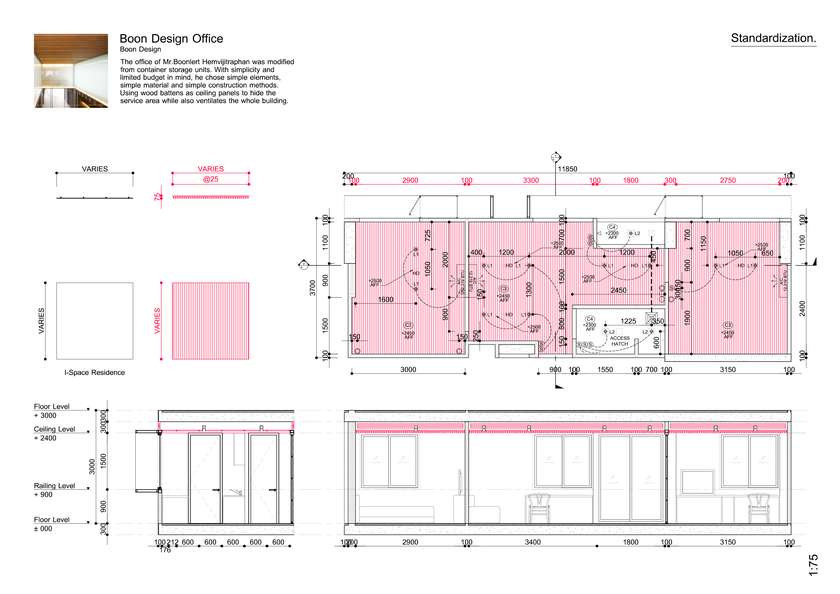
The Standardization is an act of ‘standardizing’ the knowledge from intuition and years of experiences, it also minimizes overall costs. Many times I have found my designs to be too expensive. This could have been easily prevented by fitting the dimensions with the scale of industrial production. To exclude all subjective opinions and predetermined results, I chose a set of existing design components from other regional concerned architectural firms to be the variables for the experiment.
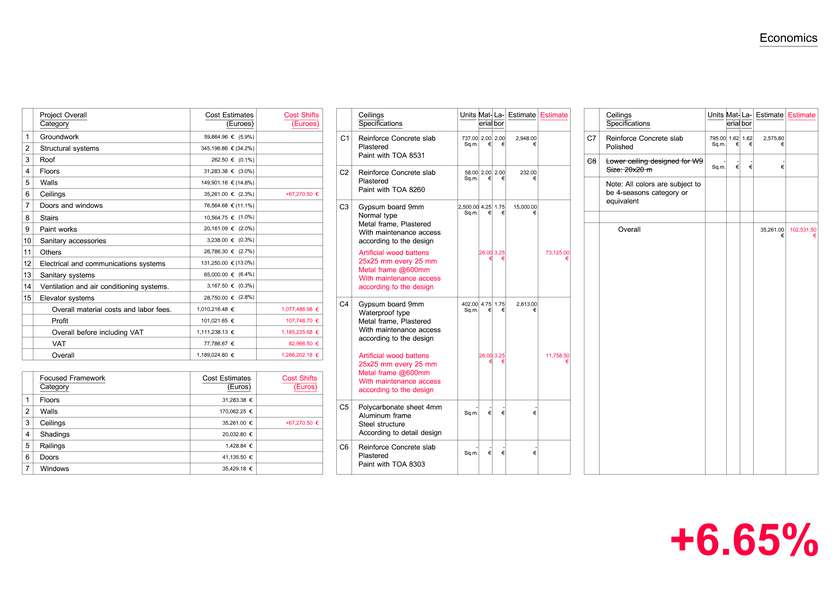
The Economics takes all the studied components into account, any final decision comes down to the numbers. The sheet focuses on the overall budget of the project, due to the undeniable fact that the big crunch number is what the clients are looking for. Then, zooming in to each component’s detail to see what type, material, scale and labor costs really affect the big picture. To help determine which option has the most potential and which can be removed from the consideration.
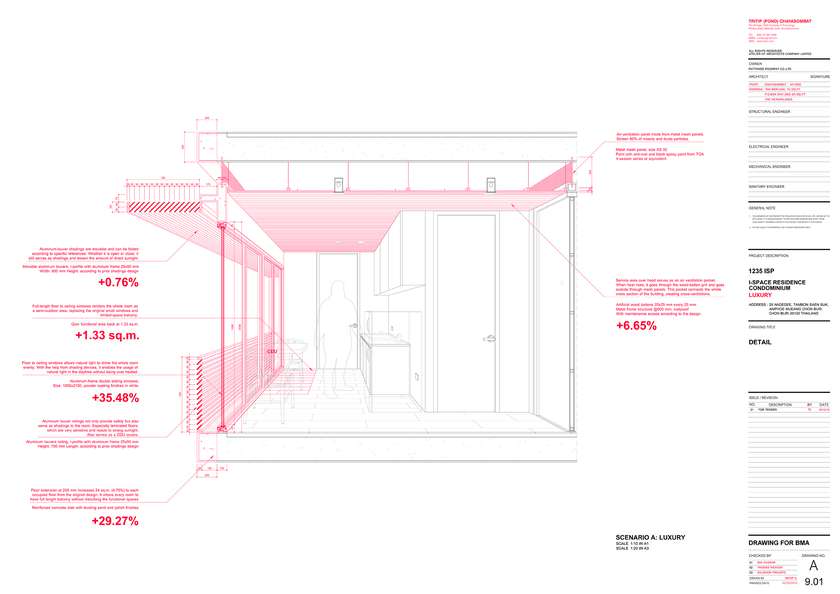
From the experiment, I came to The Conclusion that there is no one true answer to my initial hypothesis, but rather a set of possible scenarios. By inserting the trial components back on to the vehicle of an actual working process, whether it is designing according to market trends, selecting objects from catalogues and pitching the project to a client, can help define our power of negotiation.